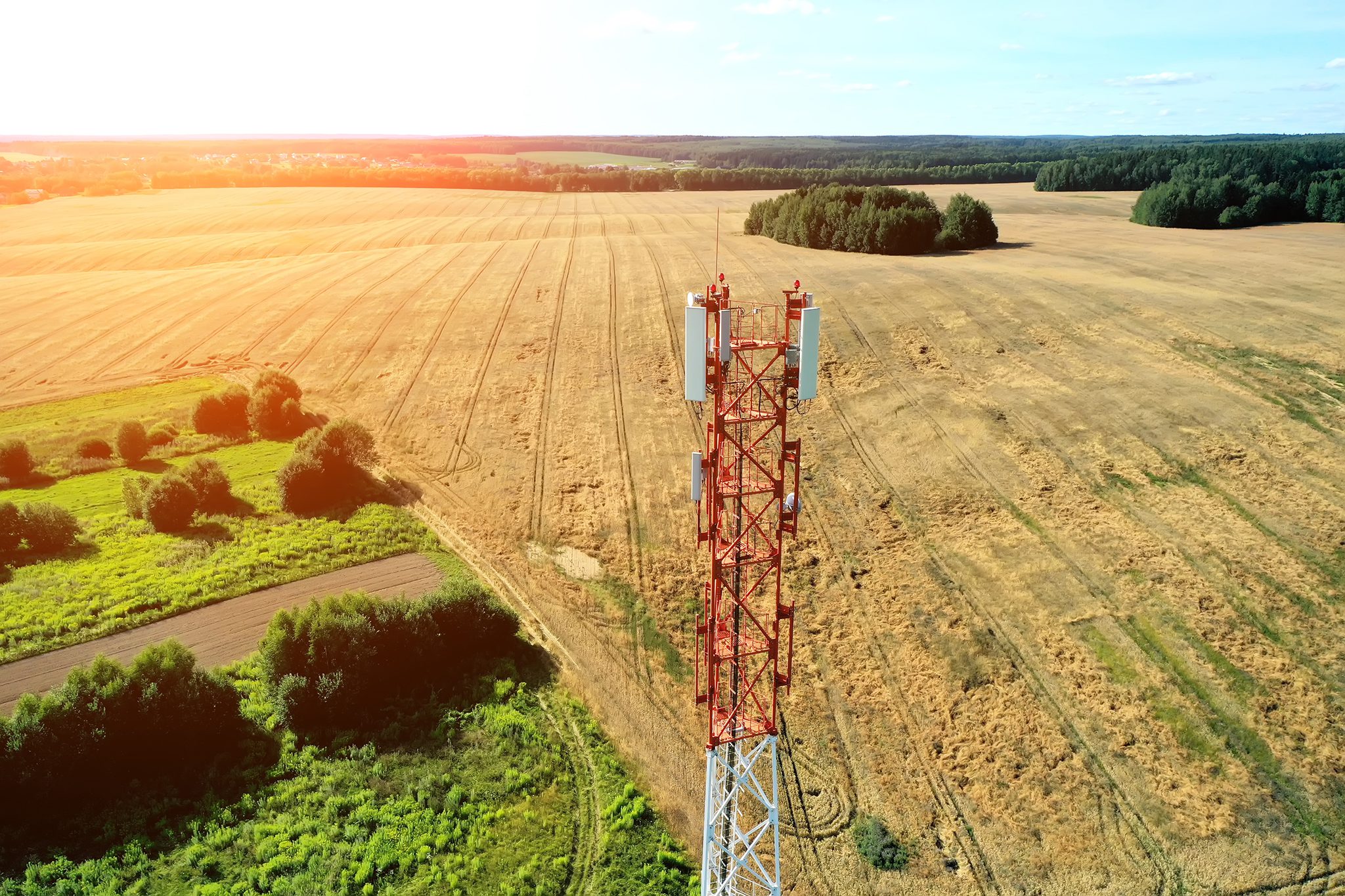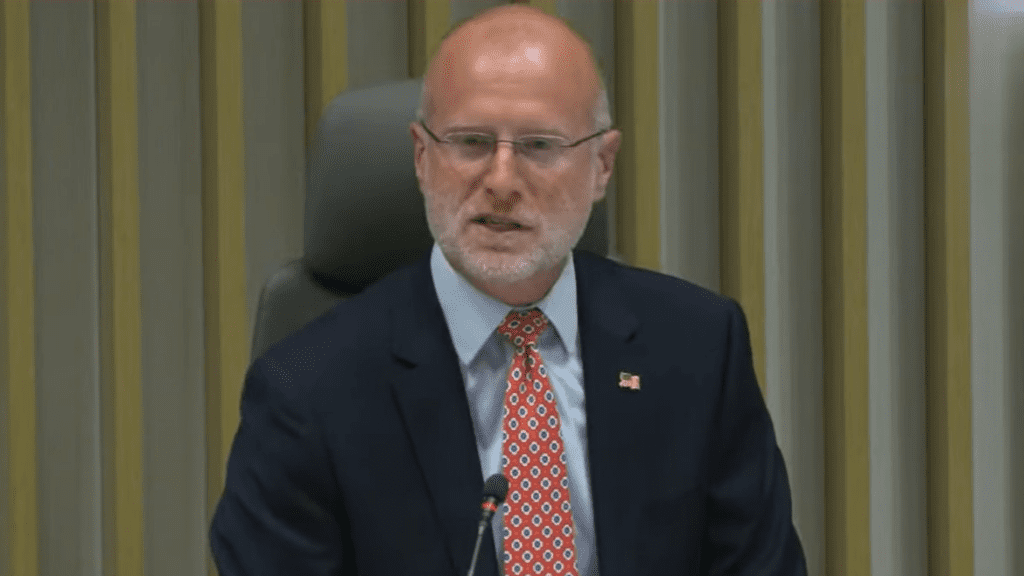Order Envisions Marriage of Broadcast Data and 5G Technologies
Randy Sukow
|

The standard for broadcasting very sharp “UltraHD” images has been around for a few years now. In fact, FCC Chairman Ajit Pai noted during today’s monthly agenda meeting that approval for ATSC 3.0 broadcasting on a voluntary basis was one of the early Commission actions after he became chairman in 2017. Today, the FCC adopted a Report and Order to exploit one for the less-utilized features of the ATSC 3.0 standard – the ability to transmit large amounts of data in one direction over long distances using broadcast TV channels.
Commissioner Brendan Carr, who took the lead in promoting today’s order, spoke of the strengths of datacasting. “Those strengths include wide-area coverage over low-band spectrum in an efficient one-to-many architecture. This is indeed particularly well-suited to bringing advanced wireless services to typically underserved or unserved rural and remote communities,” he said.
Many believe that datacasting over ATSC 3.0 could be combined with 5G technology. The broadcast signal could significantly augment the downstream capacity of 5G networks and 5G could provide the return channel in a hybrid approach. In India, Carr said, the combination is known as “5G broadcasting” and many consider it an important part of reaching that country’s rural areas with broadband service.
Today’s order builds on other recent actions to promote ATSC 3.0, such as easing broadcast spectrum leasing rules to take advantage of the standards ability to multiplex signals. The latest actions make small changes to rules such as the regulatory fees assessed to ATSC 3.0-deployed TV stations. For example, “we cut the ancillary services fee for [noncommercial educational] stations in half, from the 5 percent currently assessed to 2.5 percent,” Pai said.
The goal is to ease cost and complexity for delivering data for distance learning and telehealth in remote areas. As ATSC 3.0 gradually becomes more popular, that goal may become attainable. “Television stations in 21 US markets are now broadcasting in ATSC 3.0, and there are 20 television models available with built-in tuners capable of receiving these ATSC 3.0 signals, with more set to hit the shelves in 2021,” Pai said.


